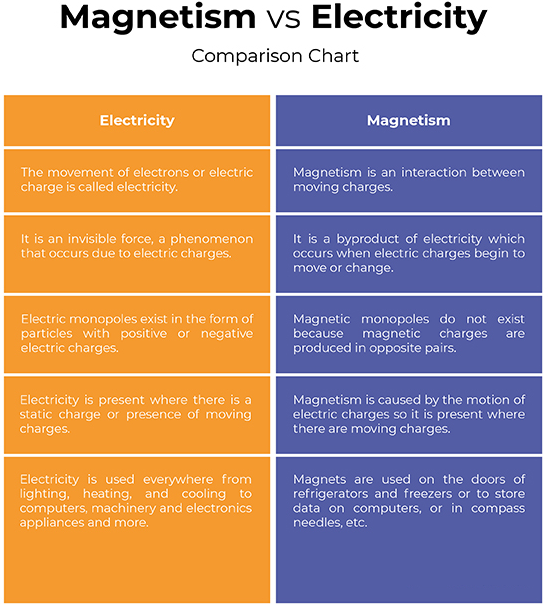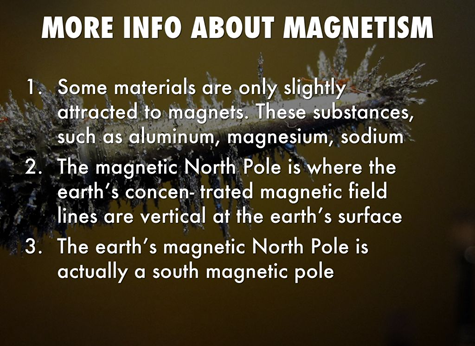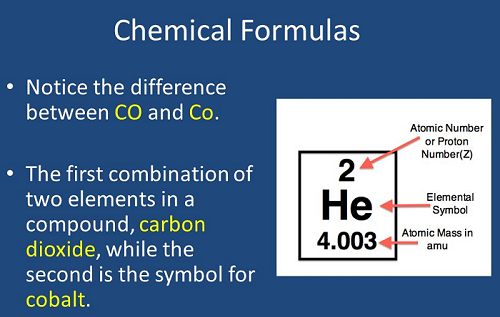Unit 10: Electricity and Magnetism
Unit 10: Electricity and Magnetism

Unit 10: Electricity and Magnetism
Unit 10: Electricity and Magnetism
Electricity and magnetism are two interconnected phenomena in physics, described by a set of principles known as electromagnetism. Here are key concepts related to electricity and magnetism:
Electricity:
Charge:
- Fundamental property of matter.
- Comes in two types: positive and negative.
- Like charges repel, opposite charges attract.
Electric Current:
- Flow of electric charge (usually electrons) in a conductor.
- Measured in amperes (A).
Voltage (Electric Potential):
- Electric potential energy per unit charge.
- Measured in volts (V).
 Resistance:
Resistance:- Opposition to the flow of electric current.
- Ohm's Law: V=I⋅R, where V is voltage, I is current, and R is resistance.
Circuits:
- Pathways for the flow of electric current.
- Series and parallel circuits.
Power:
- Rate at which work is done or energy is transferred.
- P=IV, where P is power, I is current, and V is voltage.
Capacitance:
- Ability of a system to store an electric charge.
- Capacitors are devices that store electrical energy.
Magnetism:
Magnetic Fields:
- Regions around magnets where magnetic forces act.
- Magnetic field lines go from the north pole to the south pole.
Magnetic Poles:
- Every magnet has a north and a south pole.
- Like poles repel, unlike poles attract.
Magnetic Materials:
- Materials that can be magnetized (e.g., iron, nickel, cobalt).
- Permanent magnets and temporary magnets.
Electromagnetism:
- Creation of a magnetic field by an electric current.
- Electromagnets are temporary magnets formed by wrapping a coil around a magnetic core.
Magnetic Induction:
- Production of an electromotive force (EMF) across a conductor in a changing magnetic field.
- Basis for generators and transformers.
Magnetic Force on Current-Carrying Wires:
- Magnetic field exerts force on a current-carrying wire (Magnetic Force Law).
Magnetic Flux:
- Measurement of the quantity of magnetic field lines passing through a surface.
- Φ=B⋅A⋅cos(θ), where B is magnetic field strength, A is the area, and θ is the angle.
Electricity and magnetism are integral to the functioning of various electronic devices, power generation, and the understanding of the natural world. Together, they form the basis of electromagnetism, a unified theory developed by James Clerk Maxwell in the 19th century.
Magnetism
Magnetism is a fundamental force of nature that arises from the motion of charged particles. It is one of the four fundamental forces in physics, along with gravity, electromagnetism, and the weak nuclear force. Magnetism is most commonly observed in materials that contain certain types of atoms with aligned magnetic moments.
Here are key concepts to understand magnetism:
Atomic Magnets:
- Magnetism originates at the atomic level. Each atom consists of charged particles, such as electrons moving around the nucleus.
- The movement of charged particles creates a magnetic dipole moment. The magnetic dipole moment is a vector that points from the south pole to the north pole of the magnet.
Magnetic Domains:
- In most materials, neighboring atomic magnets tend to align in groups called magnetic domains. Within each domain, the magnetic moments of the atoms are aligned, but different domains may have different orientations.
- In an unmagnetized material, these domains are randomly oriented, resulting in no net magnetic field for the entire material.
Ferromagnetism:
 Ferromagnetic materials, like iron and cobalt, have a unique property where the magnetic moments within a domain tend to align parallel to each other.
Ferromagnetic materials, like iron and cobalt, have a unique property where the magnetic moments within a domain tend to align parallel to each other.- When an external magnetic field is applied to a ferromagnetic material, it can cause these domains to align, resulting in a macroscopic magnetic field for the entire material.
Permanent Magnets:
- Materials that retain their magnetization even after the external magnetic field is removed are called permanent magnets. These are often made from ferromagnetic materials.
- The alignment of magnetic domains persists, creating a lasting macroscopic magnetic field.
Electromagnetism:
- Electric currents also produce magnetic fields. This is the principle behind electromagnets.
- When a current flows through a wire, it generates a magnetic field around it. Coiling the wire enhances the magnetic field, and placing a ferromagnetic core within the coil further strengthens the magnetism.
Magnetic Field Lines:
- Magnetic field lines indicate the direction a magnetic north pole would take if placed in the field. These lines conventionally travel from the north pole to the south pole outside the magnet.
- The density of magnetic field lines represents the strength of the magnetic field, with more lines indicating a stronger field.
Magnetic Poles:
- Magnetic poles always come in pairs – a north pole and a south pole. Like poles repel each other, and opposite poles attract.
Understanding magnetism involves a combination of quantum mechanics and classical electromagnetism. The behavior of magnetic materials can be complex, but these fundamental principles provide a foundation for explaining many magnetic phenomena.
Vocabulary
Lesson Reading

